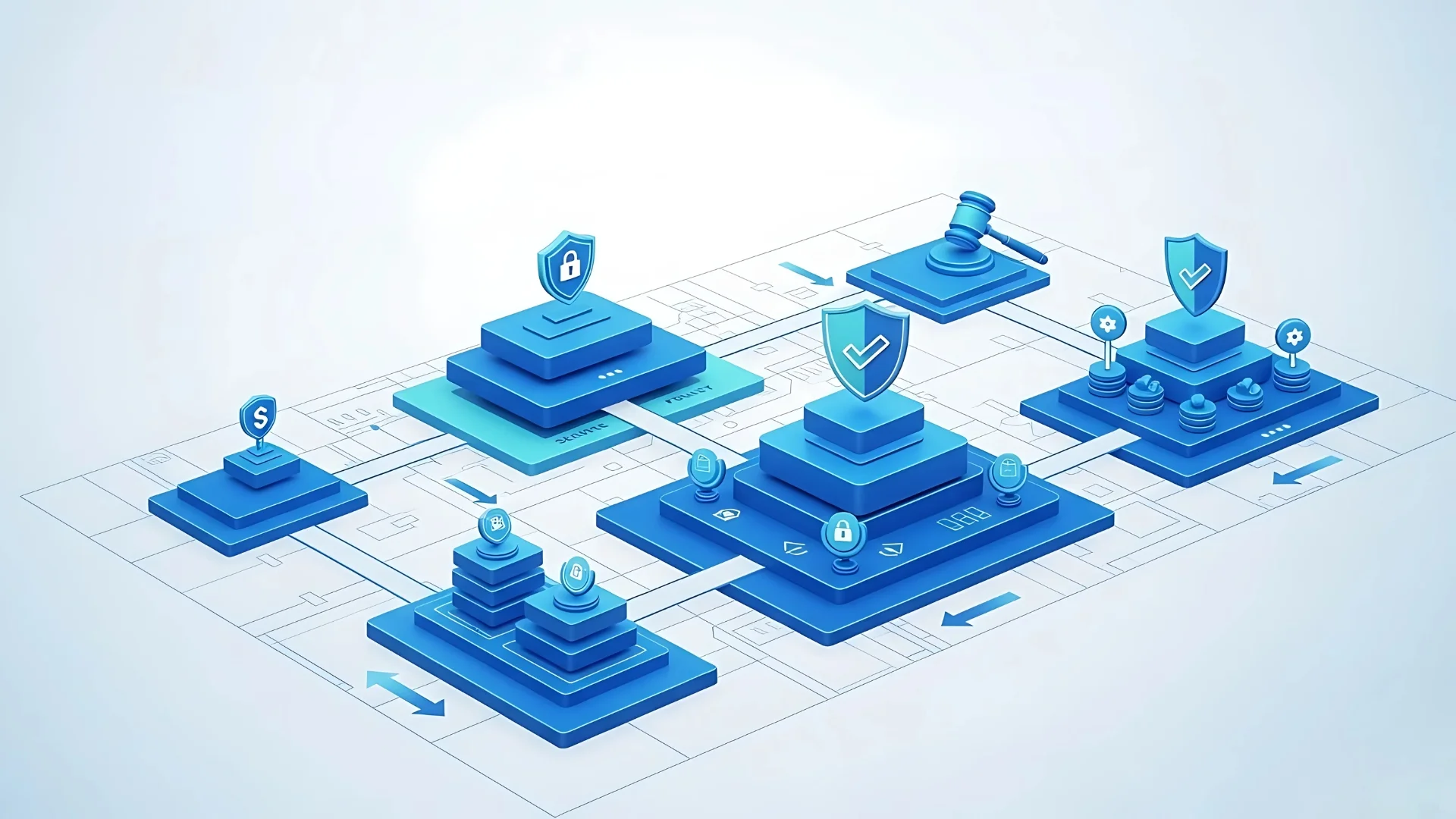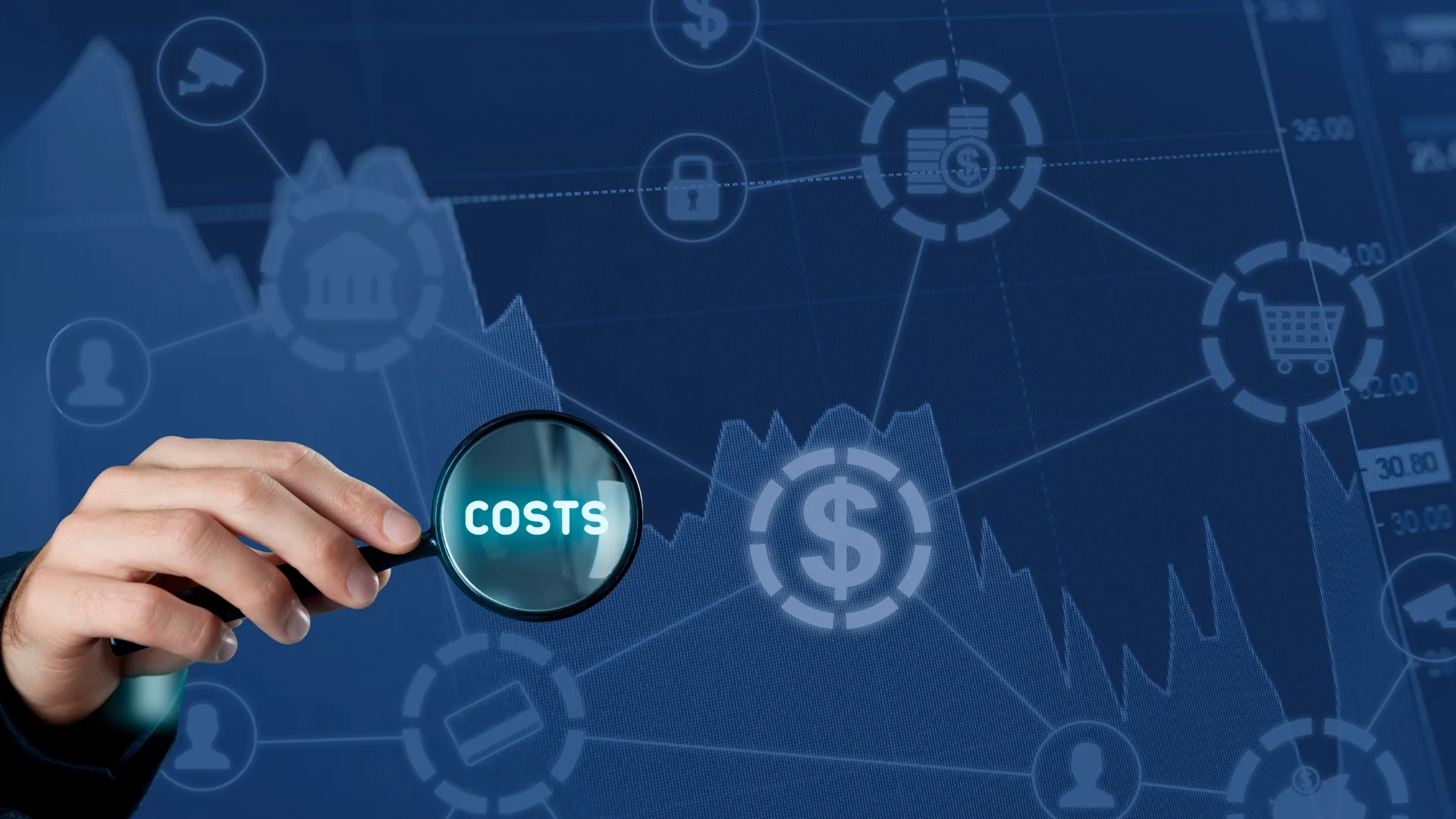Data governance is a core element of effective data management and digital transformation, providing a framework of principles, policies, and processes that enable organizations to manage, protect, and maximize the value of their data assets.
The need for data governance stems from a firm’s need to maintain data quality, security and visibility for sustainable operations. Critical aspects of digital transformation including compliance, risk management, data privacy, and operational efficiency are rooted in effective governance policies
A robust data governance framework is imperative for planned and improved decision making. It is not only important for developing data management goals, but also establishing core ownership of the company’s data.
Being a strategic asset for future, Data governance architecture is an ever-evolving pillar of business strategy, with additional benefits such as enhanced operational efficiencies, improved risk management and greater transparency & accountability.
As organizations generate and consume data at unprecedented volumes, governance will move beyond rigid policies to become more adaptive, automated, and intelligence-driven.
Traditional Governance Outlook
Being a critical enabler of innovation, efficiency, and trust, traditional governance models have continually met the need for data security and management since the time of early development in the data and technology fields.
Conventional data governance typically follows a top-down model, with decisions and policies directed by senior management. This centralized methodology is standardized by senior leadership, is set with risk in mind, as opposed to innovation and integrated development. A typical method includes setting up a governing body within a firm for data governance oversight.
In the context of today’s evolving business management styles, these governance models often exhibit inflexibility, limiting operational staff from sharing ideas upward in the management hierarchy. This rigidity stalls organizational progress and can lead to disengagement of staff.
Holistic data governance recognizes and incorporates the insights of employees across all levels—from frontline staff to senior leaders—while aligning these perspectives to function collaboratively and support organizational goals.
In modern data-driven organizations, traditional governance perspectives do not contribute extensively to bridging the gap between IT and business objectives.
Table of Contents
Considerations for a Successful Framework
A successful data governance framework incorporates best practices that enable organizations to adapt to rapid changes in modern business environments. The definition of an evolved DG Framework differs by institution and is also advancing along with maturation of data governance matures.
As per the McKinsey Data Governance Framework, an ideal framework should be founded on four main pillars:
- Leadership and sponsorship: Senior leadership must actively champion data governance to establish it as a strategic priority and secure the necessary resources. Leaders should communicate its importance across the organization and provide ongoing support to the data governance team.
- Governance policies and procedures: The organization should establish clear policies and procedures for managing data, addressing aspects such as ownership, access control, data quality, and security. These guidelines should be straightforward, easy to follow, and aligned with the organization’s broader business objectives.
- Data stewards: Data stewards are tasked with enforcing the organization’s data governance policies and procedures, collaborating with both business users and IT teams to ensure consistent and compliant data management. They should possess a thorough understanding of the organization’s data environment, including the challenges and opportunities it presents.
- Technology solutions: Technology solutions can streamline data governance by automating tasks and enabling efficient management of data at scale. Specific technological provisions will be based on specific business needs.
A Modernized Approach in Governance
- Define Roles and Responsibilities – Begin by assigning data owners and data product managers to ensure accountability for data quality, access, and usability.
- Establish a Governance Framework – Subsequently, a centralized, decentralized, or hybrid model that aligns with organizational structure, culture, and regulatory requirements needs to be formed.
- Ensure Data Quality and Classification – Create established standards of accuracy, consistency, and categories data by sensitivity to enforce appropriate access and retention
- Implement Data Lifecycle Management – Track data from creation to archival, using automated workflows to manage retention, compliance, and audit requirements.
According to Gartner ‘Most Organizations have experience data governance issues primarily stemming from compliance audits’.
- Foster Cross-Department Collaboration and Documentation – Break silos, involve all stakeholders, and maintain data dictionaries, glossaries, and metadata repositories for clarity and trust.
- Leverage Automation and Security Measures – Use automated tools for quality assessment, issue resolution, and monitoring, while enforcing strong security, privacy, and compliance protocols.
Post implementation, businesses can utilize new tools and regulations to continually monitor executed procedures, and integrate governance into change management.
Trends in Data Governance
- Data Governance Automation: Emerging software capabilities are simplifying data governance tasks, such as asset classification and curation, greatly enhancing productivity and leading to error reduction.
- Real-Time Processing: Data is processed into required formats immediately upon collection, enabling faster decision-making while maintaining strict data privacy and security standards.
- AI & ML Integration: AI integration is being increasingly used for data accuracy, accounting for various inaccuracies and anomalies. In addition, imbibing AI into data governance can result in avoiding data breaches, and can assist in threat detection.
- Cloud-Based Solutions: Storage of data on the cloud, will help strengthen scalability and overall accessibility. This will also create a unified environment, and improved collaboration.
- Decentralization and Democratization: Data democratization allows easier access to data across all levels of the organization while ensuring appropriate safeguards. Utilizing a data intelligence platform can allow easy understanding specified terminologies, increasing data literacy.
- Data Ethics and Privacy Regulations: Data ethics is becoming increasingly important – It acts as the ethical compass for responsible data use, while data governance translates these values into concrete policies, processes, and controls that safeguard data quality, security, privacy, and regulatory compliance.
- Monitoring and Lineage: An ongoing trend is to create governance controls to monitor data flow, called data lineage – the process of tracking and visualizing the flow of data as it moves through an organization’s systems.
- Data Governance as a Service (DGaaS): DGaaS is a is a cloud-based model where organizations can adopt governance capabilities, such as data quality management, cataloguing, classification, security, and compliance—without having to build and maintain a full governance infrastructure in-house.
Future- Ready Governance
Gartner Reports suggest that ‘Over the next 12 months, 78% plan to increase their investment in data governance’
Data governance of the future is evolving from a compliance-driven function into a strategic enabler of innovation, trust, and competitive advantage. Future-ready frameworks will rely heavily on automation, AI, and machine learning to classify data, monitor usage, detect anomalies, and enforce policies with minimal manual intervention.
Shifts in data governance models indicate that future frameworks will move beyond enforcing traditional policies to also integrate customer insights, product innovation, and risk management. An increased emphasis on data ethics, privacy, and responsible AI will define the next wave of governance.
To stay aligned with emerging technologies and changing regulations, data governance teams must engage in ongoing training. Continuous learning is vital for sustaining effective governance practices.
Conclusion
A Gartner survey of 300 IT executives indicates that ‘More than half of respondents have established a data governance framework and 32% are executing a roadmap toward one.’
Building a data governance framework that truly works involves creating a living, adaptable system that balances business control with agility, rather than relying solely on rigid rules. Embedding data governance in the businesses culture ensure that all staff in a firm understanding the significant of data quality, security and governance.
Implementing an effective governance framework requires a strategic shift toward prioritizing data literacy in both data management and policy adherence.
By aligning governance with business objectives and adopting a forward-looking, flexible approach, enterprises can not only protect their data but also unlock its full potential as a driver of innovation, efficiency, and competitive advantage.















